12 Most Controversial TV Show Episodes Of All Time
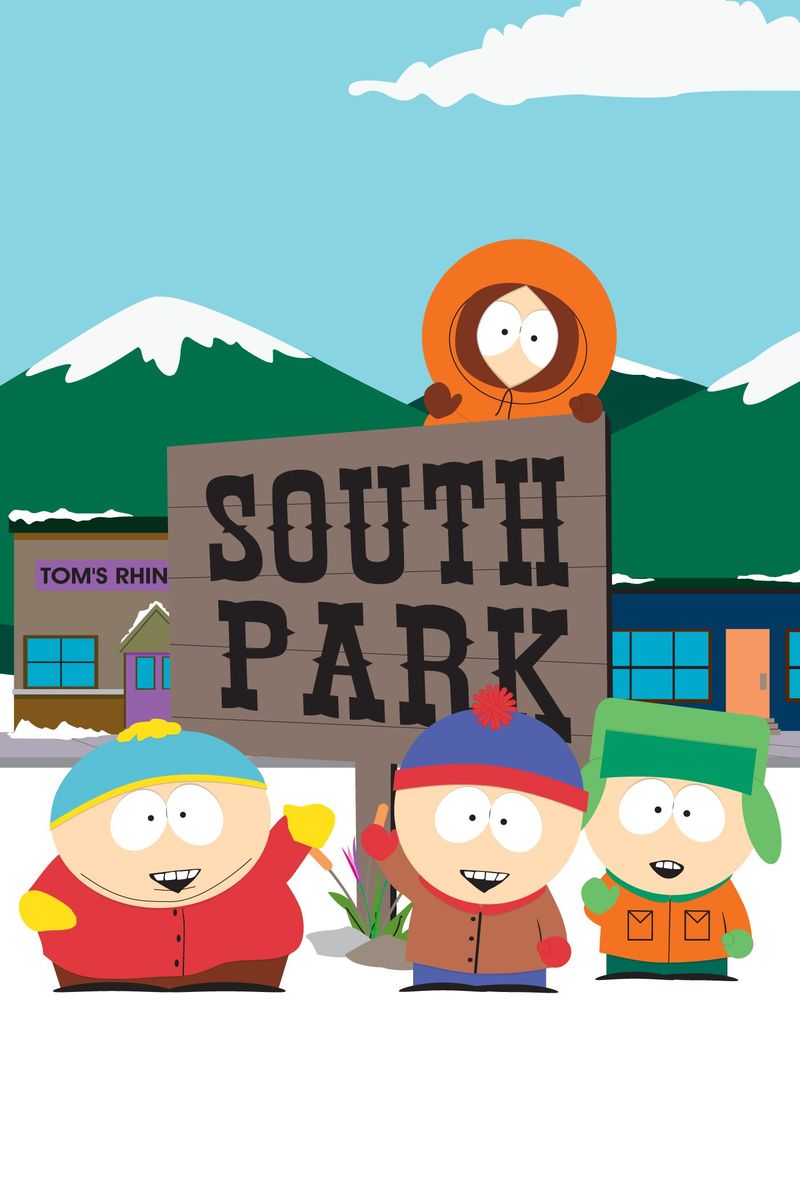
Television has always had a knack for stirring emotions, but some episodes went beyond surprise and straight into outrage. Over the decades, networks have tested the limits of what audiences can handle—from taboo topics to shocking storylines that left viewers speechless.
1. Maude — “Maude’s Dilemma” (Parts 1 & 2, 1972)
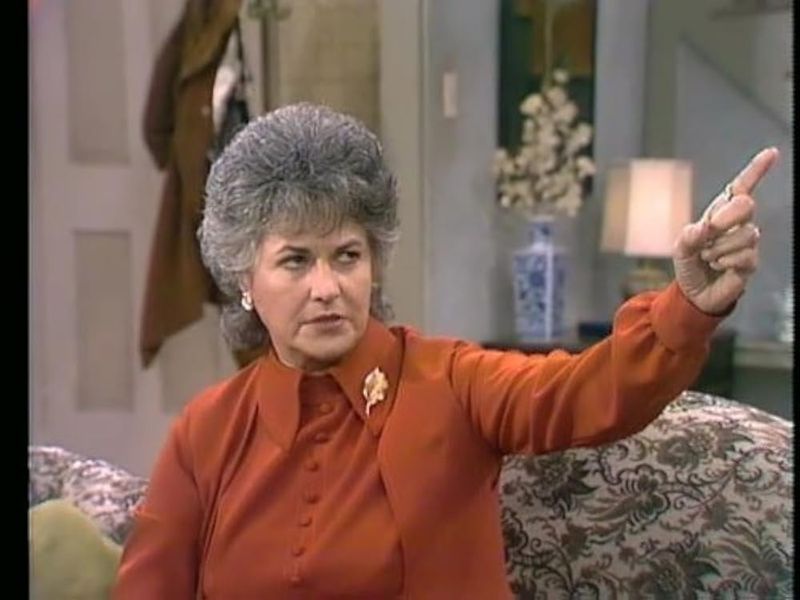
When Bea Arthur’s character Maude found out she was pregnant at 47, audiences expected laughs—not a raw discussion about abortion. What they got instead was a groundbreaking two-part episode that treated the subject with honesty unheard of for 1970s television.
Viewers were divided. Supporters praised the show for tackling women’s rights head-on, while critics called it “immoral” and “unfit for family viewing.” CBS affiliates in multiple states refused to air it, and conservative groups organized boycotts.
Despite the backlash, the episode became a landmark moment in TV history. It opened the door for serious conversations about reproductive rights and showed that sitcoms could do more than just deliver punchlines—they could challenge social norms.
2. I Love Lucy — “Lucy Is Enceinte”
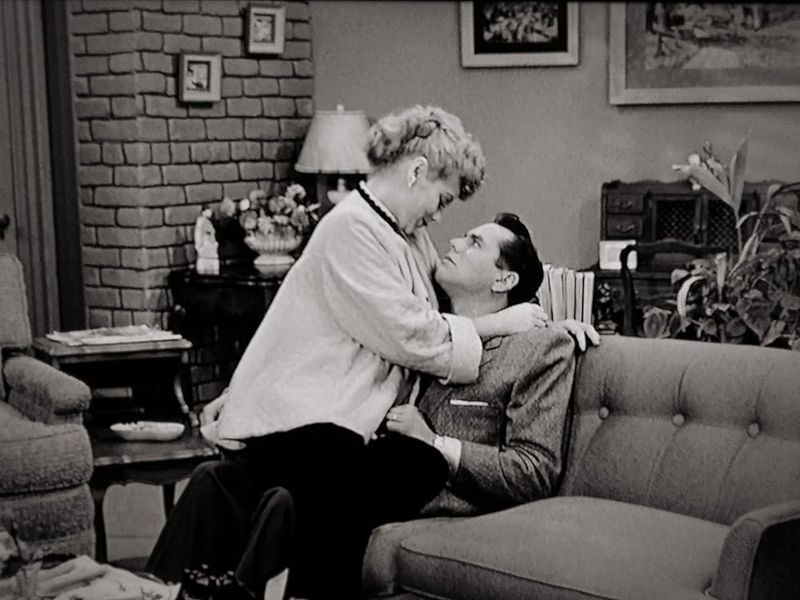
In the 1950s, even the word “pregnant” was considered too scandalous for American television. So when Lucy Ricardo became expectant on I Love Lucy, CBS refused to say the word at all. They used the French term enceinte instead, thinking it would be more “polite.”
The episode was revolutionary for its time. Seeing a married woman visibly pregnant on TV was unheard of—and many viewers thought it was indecent. Some church leaders even criticized the show for “encouraging indecency” simply by acknowledging pregnancy.
Still, audiences tuned in by the millions, proving that realism wasn’t something to fear. Lucille Ball’s real-life pregnancy was woven into the story, and the episode became one of TV’s most-watched moments, breaking taboos while keeping its trademark humor intact.
3. Ellen — “The Puppy Episode”
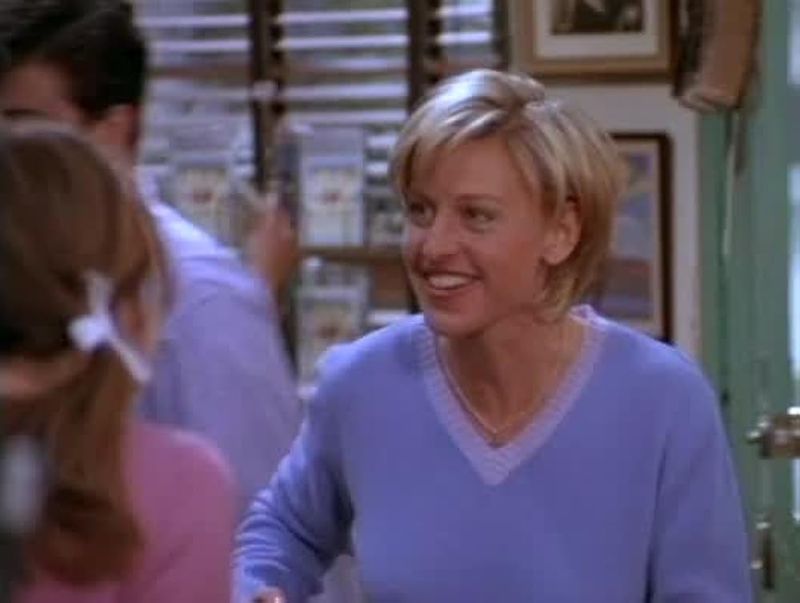
When Ellen DeGeneres’s character blurted out, “I’m gay,” into an airport microphone, television history changed forever. It wasn’t just another sitcom moment—it was Ellen’s real-life coming out, woven directly into the show’s storyline.
The response was explosive. Some hailed the episode as a milestone for LGBTQ+ representation, while others called for boycotts. Advertisers like J.C. Penney and Chrysler pulled out, and ABC stations in parts of the South refused to air it entirely.
Despite the outrage, “The Puppy Episode” broke barriers that had kept queer characters in the shadows. It paved the way for more authentic storytelling on television, even though Ellen’s sitcom was canceled not long after.
Time has proven what many fans already knew—it was a brave, necessary, and culture-shifting moment.
4. Game of Thrones — “Breaker of Chains”
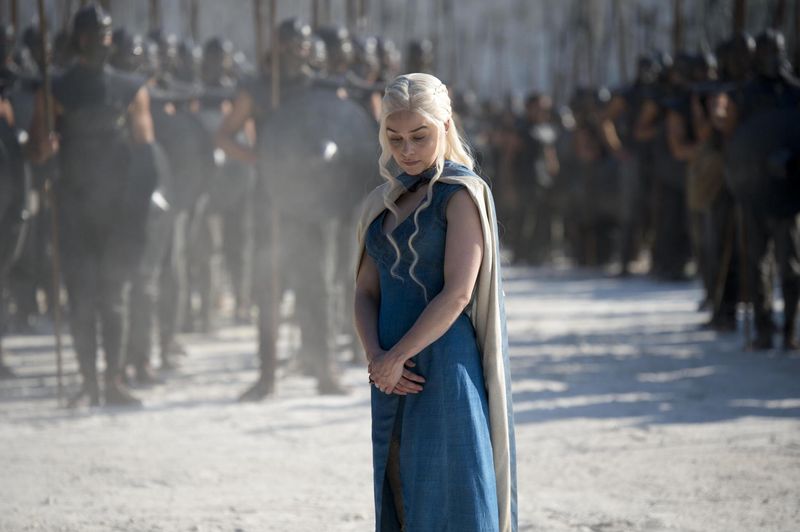
Few shows have tested boundaries like Game of Thrones, but this episode crossed one that fans didn’t forgive easily. The scene in question involved Jaime and Cersei Lannister in a disturbing sexual encounter that many interpreted as rape—something the show’s creators seemed to deny.
Viewers and critics alike were appalled by the way the scene was handled. It sparked massive online backlash, think pieces, and debates about how far entertainment should go in portraying sexual violence.
While Game of Thrones had always thrived on shock value, “Breaker of Chains” felt different. The outrage wasn’t just about what happened—it was about how it was framed.
Fans who had accepted the show’s brutality began questioning its ethics, marking a turning point in how even loyal audiences demanded accountability.
5. South Park — “Bloody Mary”
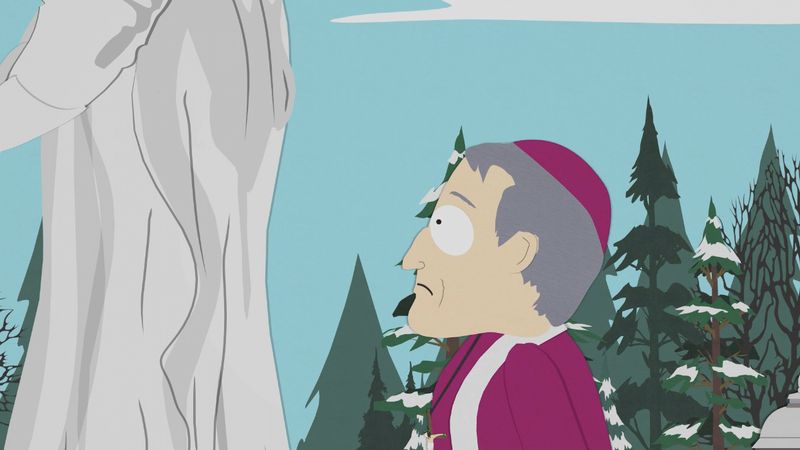
When South Park decided to take aim at religion, it didn’t hold back. In “Bloody Mary,” a statue of the Virgin Mary is shown bleeding in a very explicit—and offensive—way. Even by South Park standards, it was outrageous.
Catholic groups condemned the episode as blasphemous, demanding apologies and calling for the show’s cancellation. Comedy Central eventually pulled it from rotation after intense pressure from the Catholic League.
But as usual, South Park’s creators stood by their right to satire. They argued that if religion couldn’t be joked about, nothing could. Love it or hate it, the episode became one of the most infamous examples of free speech vs. offense on television.
6. South Park — “Cartoon Wars” / “200” / “201”
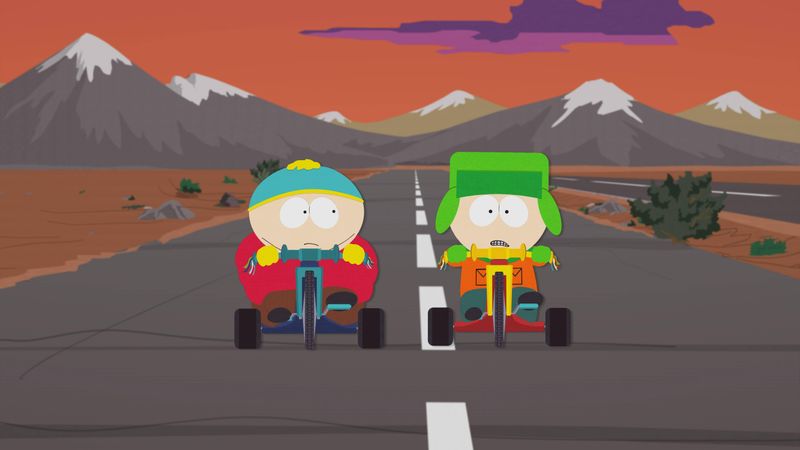
Over multiple episodes, South Park took on one of the most volatile topics imaginable: depicting the Prophet Muhammad. The network blurred and bleeped references after receiving violent threats, leading to debates about censorship and artistic freedom.
Fans were furious—not at the show, but at the network. Comedy Central’s decision to censor the episodes was seen by many as a betrayal of South Park’s fearless reputation. The creators, Matt Stone and Trey Parker, publicly criticized their own network for giving in to fear.
Even years later, these episodes remain among the most controversial in TV history. They proved that sometimes, the risk isn’t offending viewers—it’s offending people who don’t even watch the show.
7. Family Guy — “Screams of Silence: The Story of Brenda Q”
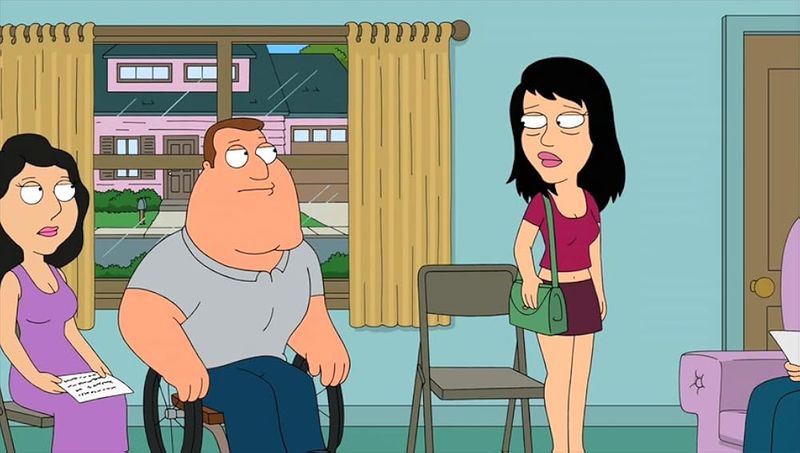
This episode ditched Family Guy’s usual slapstick humor to tell a serious story about domestic abuse. Instead of laughs, it offered a disturbing and violent narrative about Quagmire’s sister and her abusive boyfriend.
Many fans were blindsided. Viewers expecting edgy comedy got something closer to a crime drama, and critics accused the show of mishandling a serious topic with tone-deaf writing. Social media backlash was swift, with fans calling it “the least funny episode ever.”
While the creators defended their intent to raise awareness, the message got lost in execution. The episode remains one of the show’s most polarizing—proof that even animated comedies can stumble when they try to mix shock with sincerity.
8. Marcus Welby, M.D. — “The Outrage”
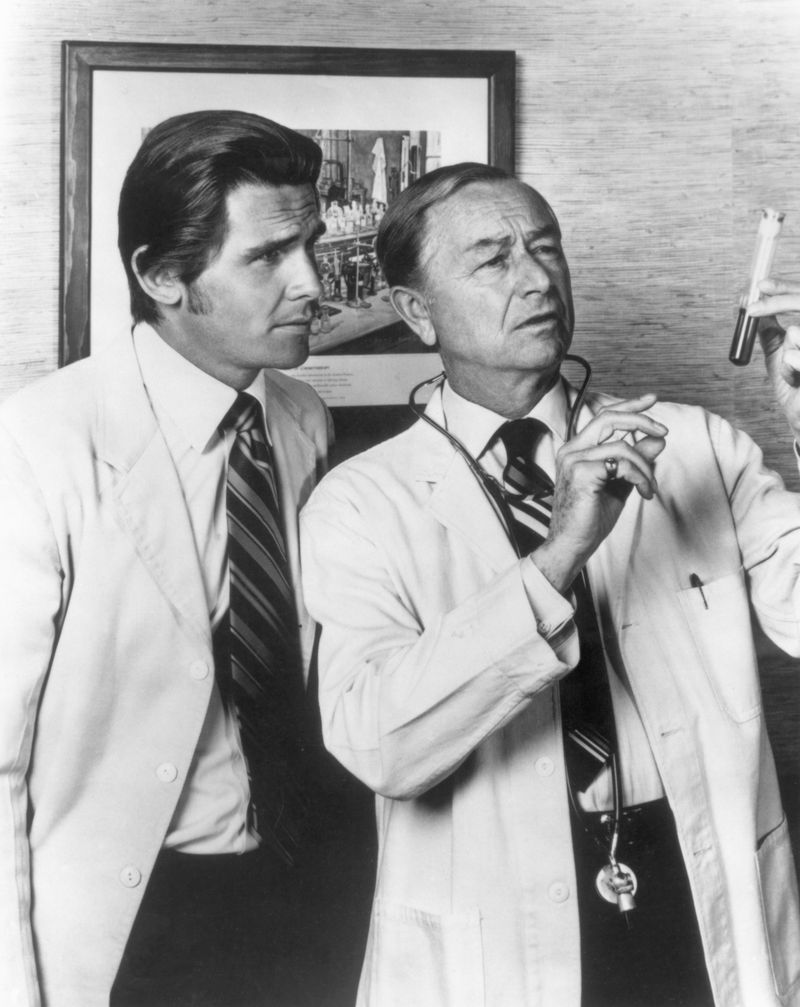
Before the days of streaming and social media, outrage traveled by letter—and Marcus Welby, M.D. received plenty of them after airing “The Outrage.” The episode portrayed a gay man as a sexual predator, implying a link between homosexuality and criminal behavior.
LGBTQ+ activists, including the National Gay Task Force, protested the episode before it even aired. ABC affiliates in major cities pulled it from their schedules, citing the script’s harmful message.
The backlash forced networks to rethink how they handled sensitive subjects. Though The Outrage is rarely discussed today, it remains a sobering example of how damaging media stereotypes once were—and how activism began to challenge them.
9. The Simpsons — “Alone Again, Natura-Diddily”
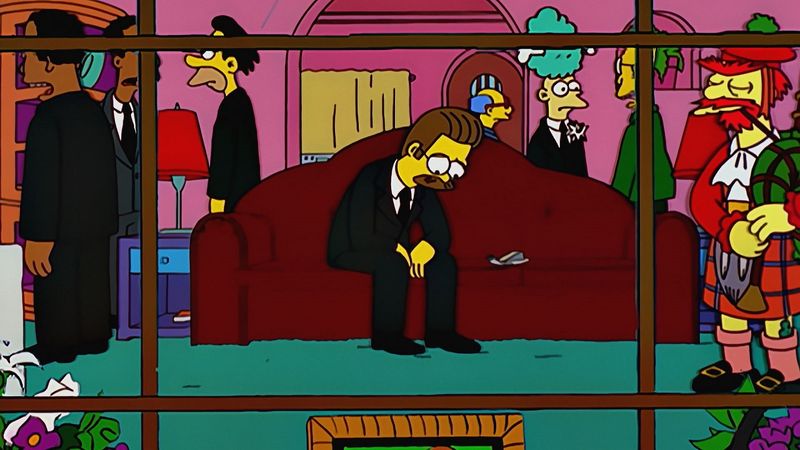
Fans were heartbroken when this episode killed off Maude Flanders, but it wasn’t just her death that upset viewers. A Fox promo teasing her demise coincided with a real-life racetrack tragedy, sparking accusations of tasteless timing.
Beyond the PR blunder, many fans felt Maude’s exit was disrespectful to both the character and the actress who voiced her, Maggie Roswell, who had left the show over a pay dispute.
The controversy eventually blew over, but it left a dent in the show’s reputation for handling emotional moments gracefully. Even die-hard fans agreed that this one felt more mean-spirited than funny.
10. Degrassi: The Next Generation — “Accidents Will Happen” (Parts 1 & 2)
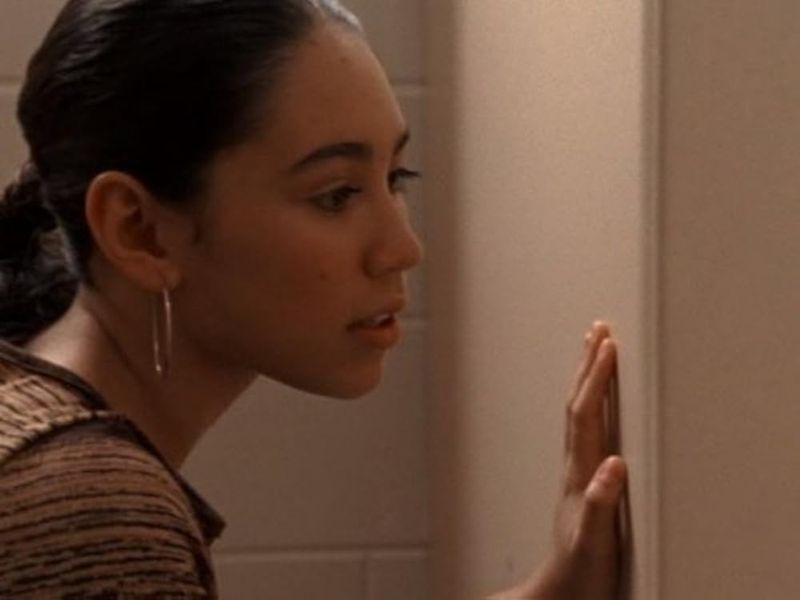
Teen shows often flirt with controversy, but this Degrassi episode dove straight in. It followed a teenage girl’s decision to have an abortion—a topic that was still taboo in youth programming.
American broadcasters weren’t ready. Nickelodeon’s TeenNick channel refused to air it for two years, fearing backlash from conservative viewers. When it finally aired, it came with warnings and edits, but the message remained clear: teenagers face real choices.
While critics praised the show for treating the subject responsibly, others accused it of promoting a “pro-choice agenda.” In hindsight, the uproar only proved how vital such storylines were for young audiences navigating real issues.
11. WKRP in Cincinnati — “In Concert”
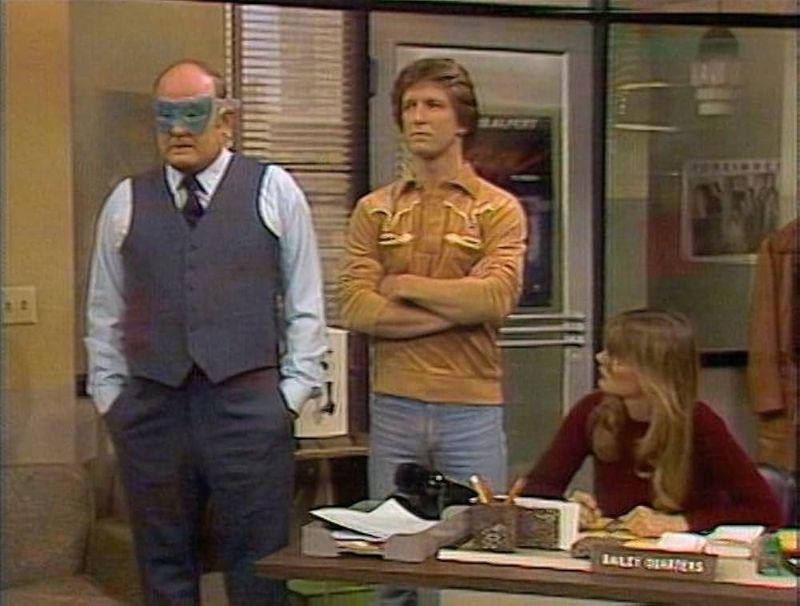
This episode hit a little too close to home. It was inspired by the real-life 1979 Who concert disaster, where 11 fans were killed in a crowd crush. Some viewers thought turning the tragedy into sitcom material was deeply insensitive.
The writers defended the decision, saying they wanted to raise awareness about concert safety, not profit from grief. Still, the timing felt raw—airing barely months after the incident.
Despite mixed reactions, the episode is remembered as one of TV’s first attempts to blend entertainment with real-world tragedy. It was uncomfortable but undeniably brave for its era.
12. Mr. Belvedere — “Wesley’s Friend”
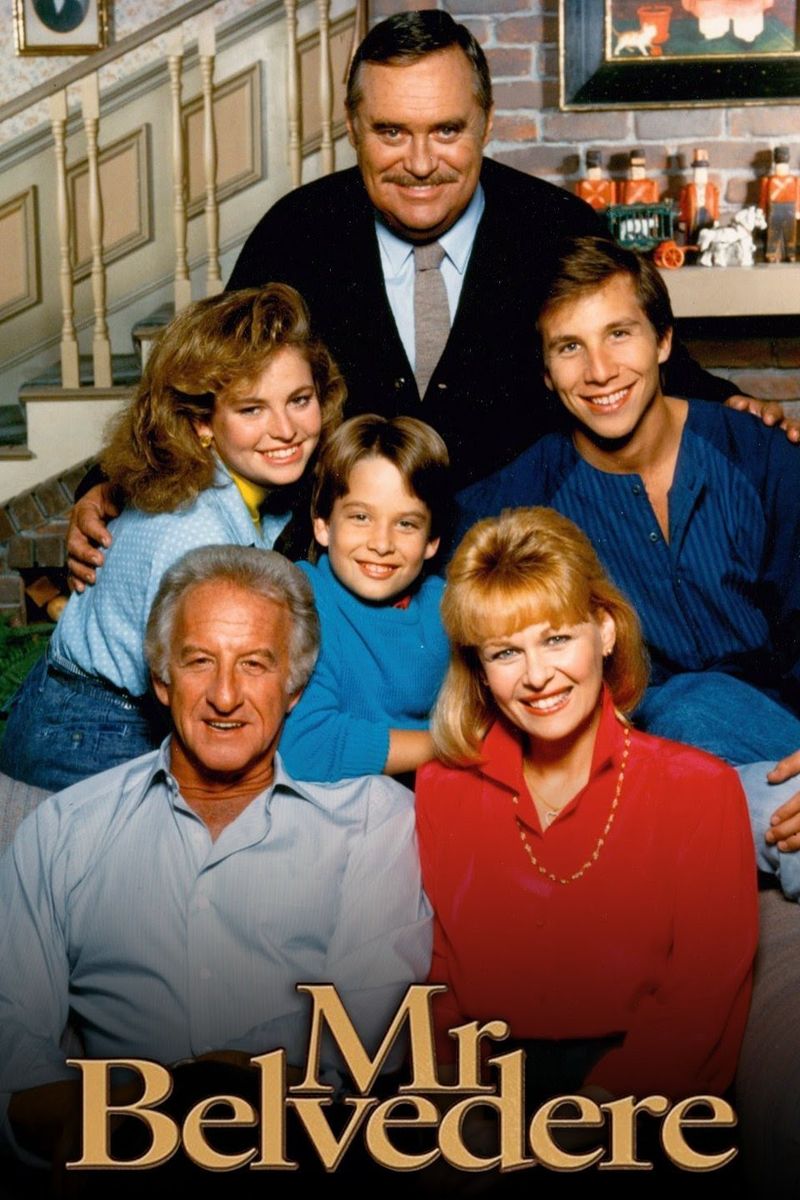
A family sitcom tackling AIDS wasn’t something anyone expected in the ’80s. In this episode, young Wesley befriends a classmate living with HIV, forcing his family—and the audience—to confront their own fears and prejudices.
While some parents applauded the message, others complained that the subject was too heavy for kids. ABC received angry letters accusing the show of “ruining family time.”
Decades later, “Wesley’s Friend” stands as one of the earliest attempts to humanize AIDS on mainstream television. What once caused outrage is now seen as one of the bravest things a sitcom could have done.

Comments
Loading…